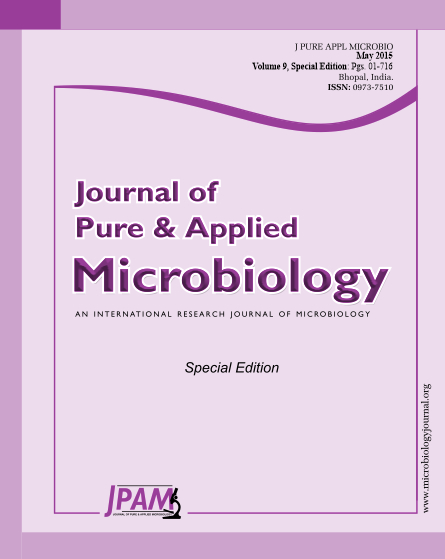Detection of the fungal causative agents in the external auditory canal could be valuable to determine the potential risk of the disease. The aim of the present study was to isolate and identify the mycoflora of the human auditory canal in sampled patients of Saudi Arabia with emphasis on their enzymatic activity. A total number of 150 patients were clinically examined for the presence of mycotic otitis in Al-Dawadmi governorate (Saudi Arabia). The clinical samples were cultured on Sabouraud dextrose agar media. Fungal isolates were then identified using phenotypic and genotypic techniques. The enzymatic activities of some fungal isolates were also detected. Eighty six fungal isolates were recovered in this study. These isolates included sixteen fungal species belonging to eight genera. Aspergillus spp. were recorded in sixty one cases (70.93%), Penicillium (19.76%), Candida (2.3%) and Fusarium (2.3%). The disease was more prevalent among 21-30 years old (46.51%). Pruritus was the most common symptom. Extracellular proteolytic and lipolytic enzymes were produced by (90.9 %) and (75.75%) of the fungal isolates respectively. Hydrolytic enzymes that are considered the most important factors influencing virulence and pathogenicity of opportunistic fungal infections were detected in most of the fungal cultures tested herein.
Hydrolytic enzymes, ear, Aspergillus, Penicillium, Fusarium
© The Author(s) 2015. Open Access. This article is distributed under the terms of the Creative Commons Attribution 4.0 International License which permits unrestricted use, sharing, distribution, and reproduction in any medium, provided you give appropriate credit to the original author(s) and the source, provide a link to the Creative Commons license, and indicate if changes were made.


